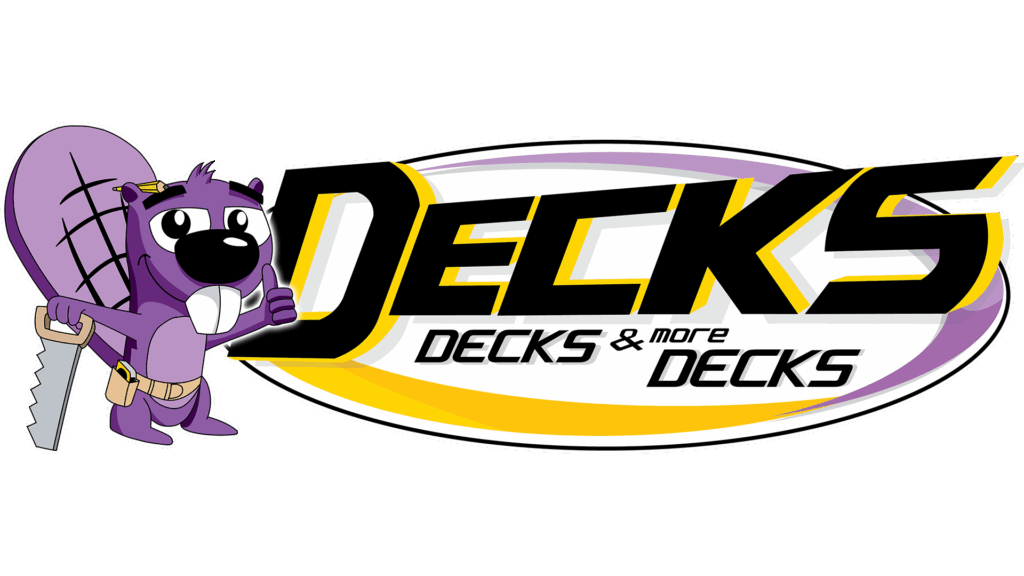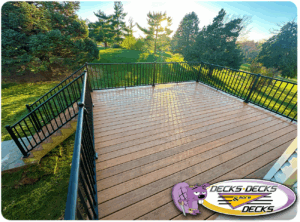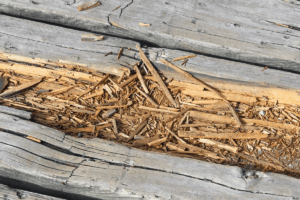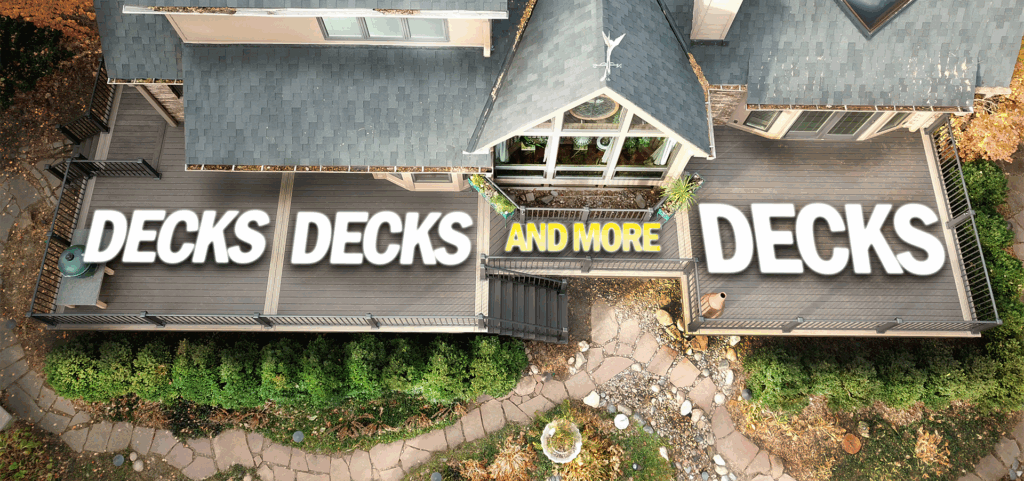Deck Footings Done Right: Placement, Installation, and Tips
Deck footings are the foundation of any sturdy, long-lasting deck. Proper footing installation and placement ensure your deck remains safe, level, and durable for years to come. Whether you’re building a new deck or upgrading an existing one, understanding the essentials of deck footings is key. Here’s what you need to know about footing types, placement, and installation.
1. What Are Deck Footings?
Deck footings are structural supports that transfer the weight of your deck to the ground. They prevent settling, shifting, and other issues caused by uneven or unstable soil. Common materials used for footings include concrete, concrete piers, and pre-cast footing blocks. The choice of footing depends on the deck’s size, weight, and local soil conditions.
2. Deck Footing Installation: Step-by-Step
Proper footing installation is crucial for a stable deck. Here’s a simplified process:
- Determine Placement: Use your deck design to mark where the footings will go, ensuring they align with the deck posts.
- Excavate: Dig holes to the required depth, often below the frost line to prevent shifting during freeze-thaw cycles.
- Pour Concrete: Mix and pour concrete into the holes, ensuring they are level and smooth.
- Insert Anchors: Place post anchors or brackets into the wet concrete to secure the deck posts later.
Hiring a professional ensures your footings meet local building codes and are properly installed.
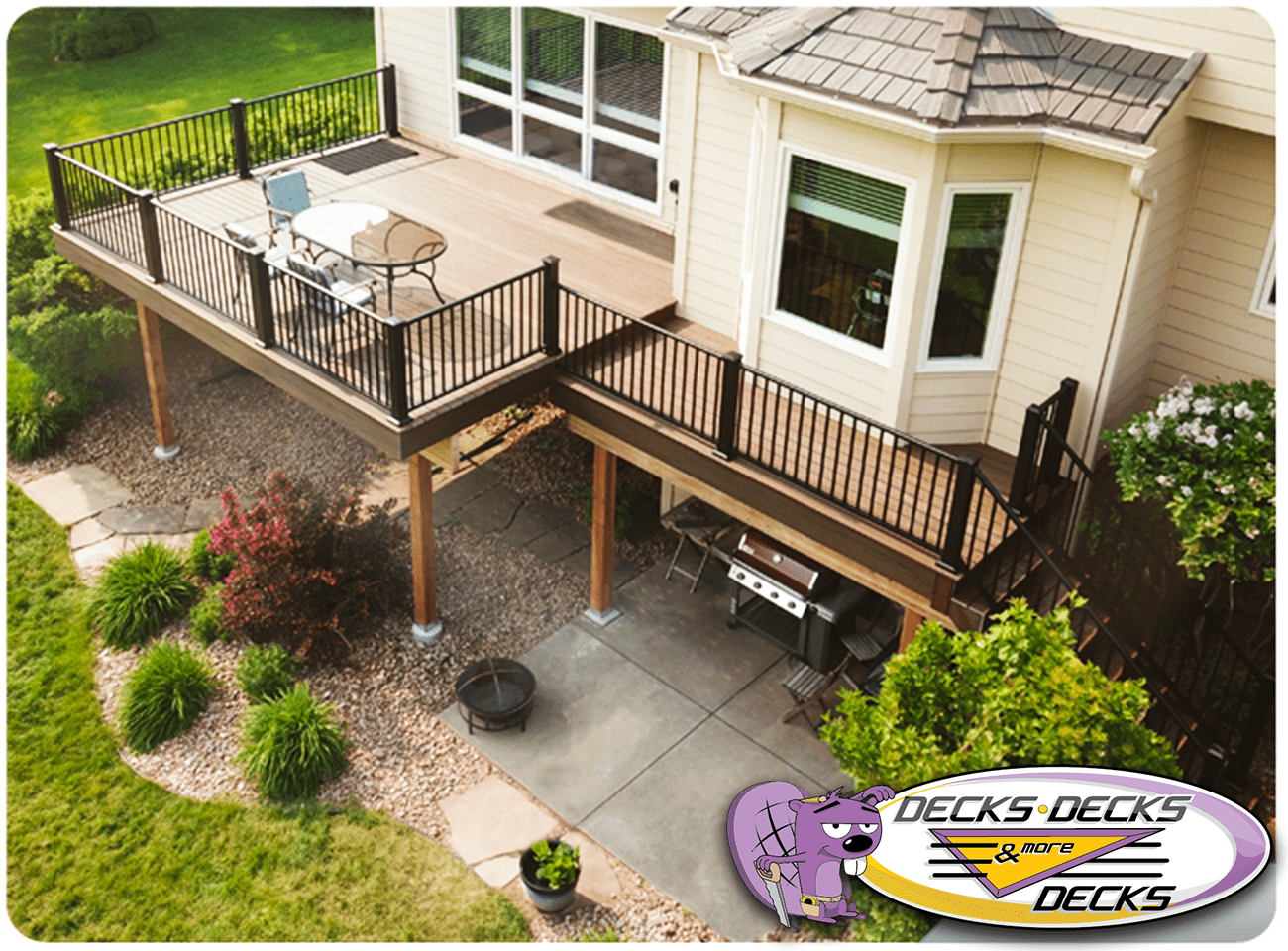
3. Footing Placement for Maximum Stability
Correct footing placement is essential for evenly distributing your deck’s weight. The general rule is to place footings at the corners of your deck and where additional posts will be needed for support. For larger decks, additional footings may be required along the perimeter and under load-bearing beams.
4. Common Types of Deck Footings
- Concrete Footings: Durable and long-lasting, concrete footings are the most common choice for decks. They are poured directly into the ground and provide excellent stability.
- Pre-Cast Footing Blocks: These ready-made blocks are convenient for smaller decks or DIY projects, as they don’t require mixing or pouring concrete.
- Helical Piles: Ideal for areas with poor soil conditions, helical piles are screw-like supports that are drilled deep into the ground.
Each type of footing has its advantages, depending on your project’s needs and location.
5. Why Proper Footings Matter
Skipping or improperly installing footings can lead to serious problems, including:
- Uneven settling that causes the deck to tilt or sag.
- Weakened structural integrity, making the deck unsafe to use.
- Increased repair costs down the line.
Investing in quality deck footing installation ensures your deck is built on a solid foundation that lasts.
Final Thoughts
Deck footings are the unsung heroes of a well-built deck. From correct placement to professional installation, taking the time to do your footings right ensures your deck remains safe, level, and beautiful for years to come. Whether you’re tackling the project yourself or hiring a pro, remember that a sturdy foundation is the key to a great deck.
 free estimates: (402) 690-1050
free estimates: (402) 690-1050
